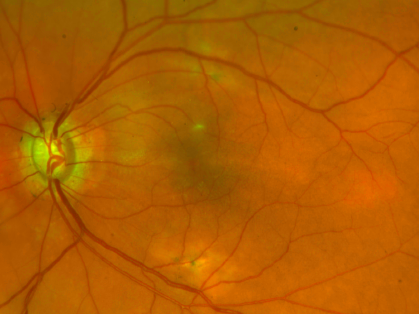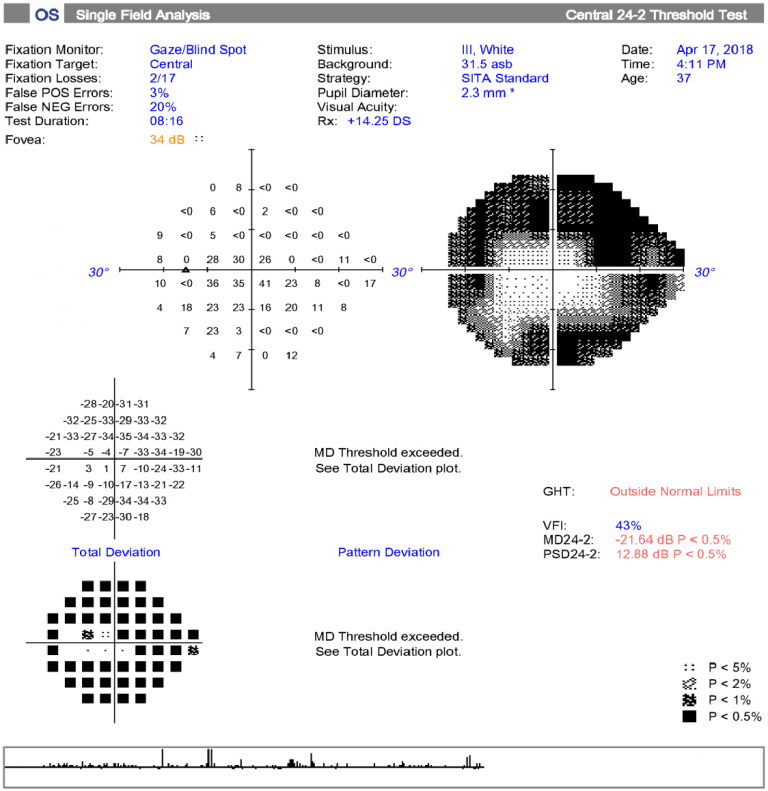What is Glaucoma?


What is Glaucoma?
What causes high eye pressure? (intraocular pressure, IOP)
There are numerous mechanisms by which your eye pressure could be elevated and your doctor will work with you to identify the possible etiology. You can imagine the eye as being like a sink which has a faucet and a drain. The faucet is where the fluid is produced which in your eye is called the ciliary body. The drainage system of your eye is a complex system of “tubes” that begins with a circumferential band of tissue known as the trabecular meshwork and eventually drains to your bodies normal blood circulation. A mismatch between the function of the faucet and the drain can sometimes produce high eye pressure analogous to a sink that is overflowing due to either a clogged drain or a faucet working overtime. Treatments are directed and either turning down the faucet or helping improve flow through the drain. In some cases, a new drain must be placed in the eye. More on this can be found in the Treatment section.
Many patients with glaucoma will have an eye pressure their optic nerve does not tolerate without any grossly obvious anatomical cause for having a pressure problem. You may see the words “primary” open angle glaucoma or “normal” tension glaucoma if this is the case.
Request an
Appointment
Opening Hours
Calls are taken 24/7 for emergencies
Available on Saturday and Sunday for Emergency only. Call for appointment
LOCATIONS AND DIRECTIONS







